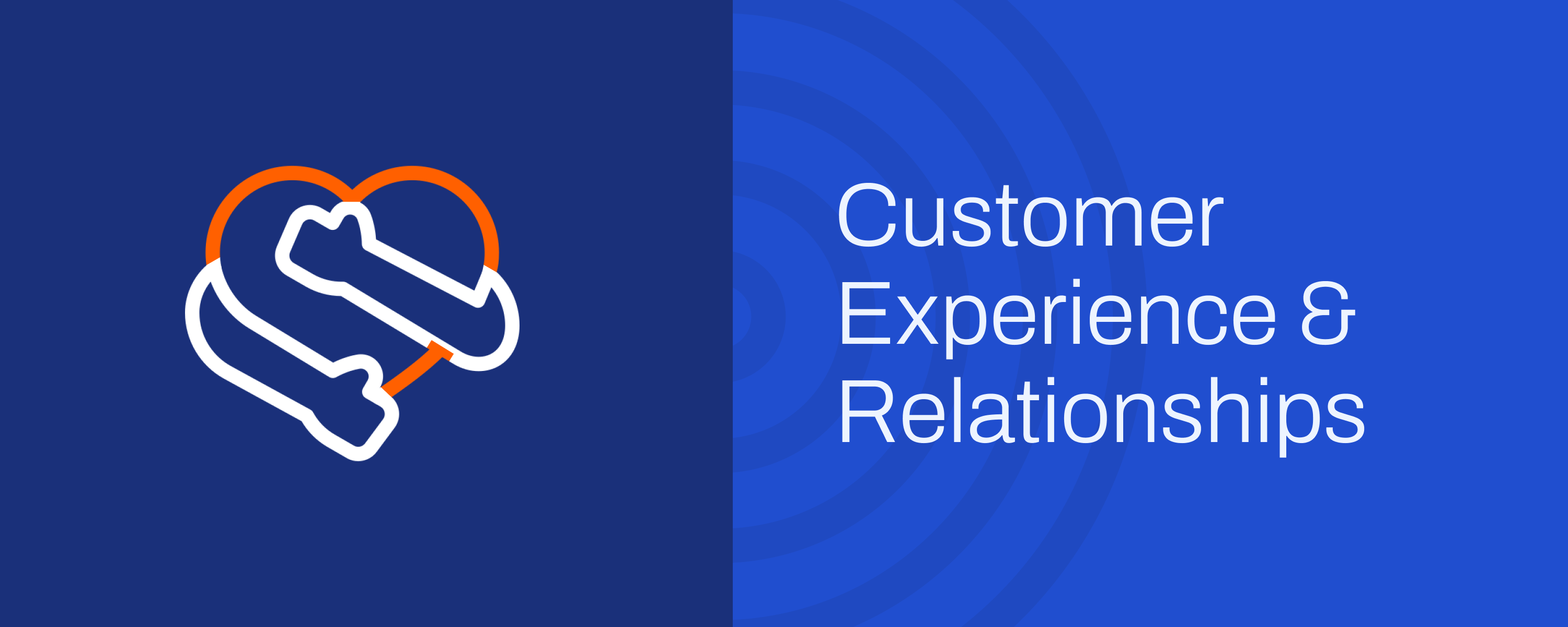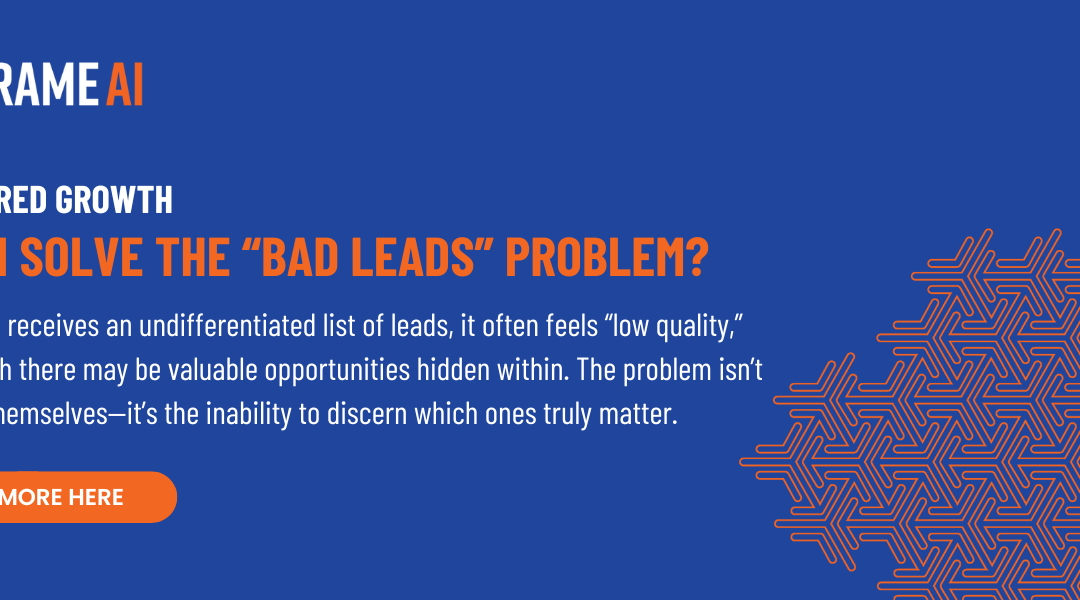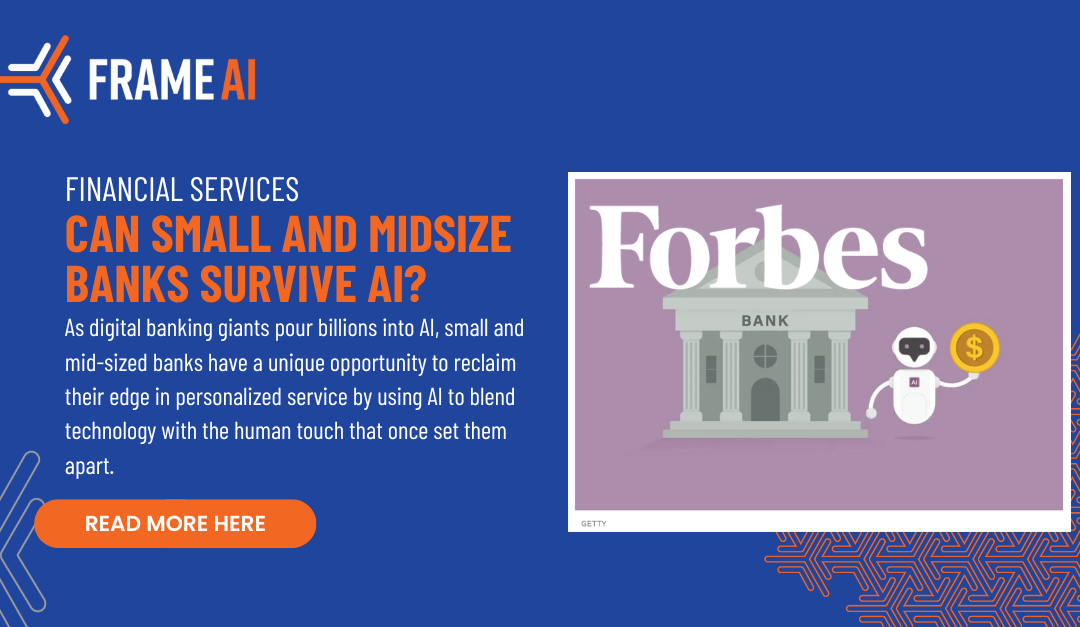Traditional CX programs fall short of measurable impact because they often rely on siloed, one-dimensional, and stale data. Poor CX data management results in an inaccurate and illegible portrayal of your CX and uncertainty about how to improve. According to Forrester, 77% of companies say that they don’t model the drivers of CX quality regularly, leaving them in the dark about what matters most to their customers. Furthermore,65% of companies say improving their data analysis is critical to improving customer experience.
Customer Experience Ops is a new, action-oriented approach that unifies customer feedback and measures every interaction from every channel to help CX teams turn insight into action. Instead of settling for analyses of individual siloes, evaluate your customer experience the way your customers do. Instead of more guesswork, give every team access to a single version of customer feedback that can be tailored for individual objectives. Instead of leaving your customer feedback to languish quarter after quarter, use it to shape daily and weekly processes.
Traditional CX vs. CX Ops

Five Core Components of CX Ops
##
1. Unifies All of Your Customer Feedback
Deloitte says that the average enterprise organization has 28 different sources of customer data. However, many of the most valuable sources are often excluded from analysis because they contain unstructured data that has historically been difficult to synthesize. With several disparate touchpoints across the average customer experience, the impact of key CX factors is easily distorted or altogether missed when touchpoints are measured individually vs. holistically. It is critical to incorporate all customer feedback channels, organic and solicited, into your analysis, to not miss anything important.

2. Enables Your Teams to Focus on Taking Action
To successfully advocate for customers, your team needs to be able to describe the impact of customer feedback in quantitative terms, and to contextualize it with rich supporting verbatims. To effect measurable change, all cross-functional teams need access to a single source of truth describing needle-moving CX factors. Using high-quality, real-time data avoids counterproductive and anecdotal stalemates that only encourage inertia.

3. Measurable
If you can’t measure the impact of your actions, how will you know if they are effective, or if you need to course-correct? If you’re relying solely on solicited feedback like surveys, by the time you have collected enough responses, it may be too late to drive impactful change. Intelligent KPIs help you understand the CX contribution of every interaction in every channel, in real-time, ensuring that you know what to do next, while it still matters.

4. Incremental and Iterative
Getting started with a CX program need not be a massive undertaking — CX Ops is fundamentally incremental and iterative. Starting with small actions in response to customer feedback across daily communications, it’s easy to see immediate benefit, and to build a foundation of sentiment, effort and cost metrics that have been validated by operational results.

5. Delegates Heavy Lifting to AI
Leveraging AI to collate and analyze raw customer feedback from all interactions enables you to prioritize effectively, and leaves you and your teams more resources to focus on the most important work — activating feedback to improve your customer experience. Using AI also helps guarantee the timeliness of the analysis guiding your actions. This approach turns information into insight at scale, feeding an always-on CX insight pipeline that is far more likely to be impactful than traditional methods.

Sound interesting? Here are 20 Reasons to Prioritize CX Ops.




